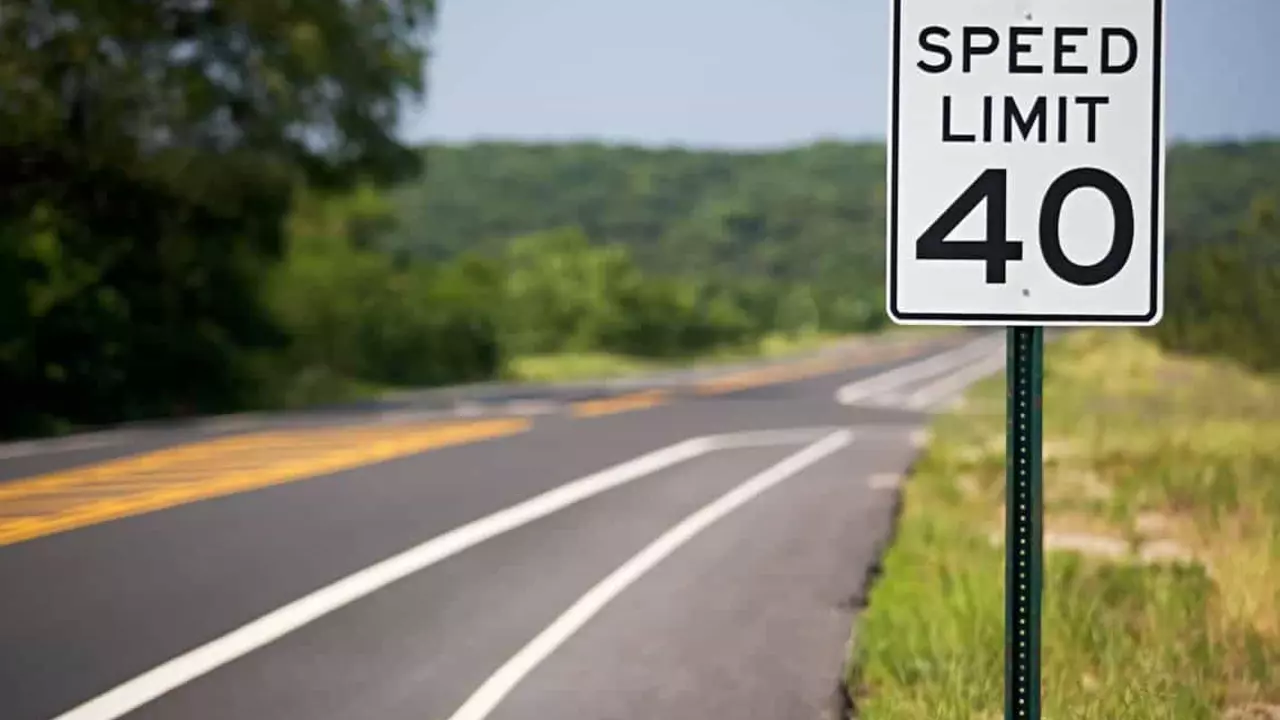Speed Limits in Motorsports – What They Are and Why They Count
If you watch a race and notice a car slowing down for a straight, it’s not because the driver feels like taking a breather. It’s a speed limit set by the track or the series. These limits keep people safe, protect the car’s parts, and add a layer of strategy that makes racing more than just going fast.
Speed limits aren’t the same everywhere. On a street circuit, you might see lower limits around tight corners to stop cars from flying off the road. On high‑speed ovals, the limits are higher but still capped to prevent catastrophic crashes. Every series—Formula 1, NASCAR, MotoGP—has its own rulebook that tells teams exactly where the limits apply.
How Speed Limits Keep Drivers Safe
First and foremost, limits protect drivers. When a car hits a corner too fast, the chance of a spin or a collision jumps dramatically. By mandating a maximum speed, organizers reduce those risks. It also helps the medical crew. If an accident happens at a lower speed, injuries are usually less severe, and the response team can act faster.
Second, speed limits protect the track. Some sections have barriers that can only absorb a certain amount of impact. Keeping cars under a set speed means the barriers stay intact for the whole race, which saves money and prevents race stoppages.
Speed Limits Influence Strategy and Excitement
Limits add a tactical element. Teams work out the best way to stay just under the ceiling while still gaining time. That might mean a different gear set, a tweak to aerodynamics, or a unique tyre choice. Drivers learn to “hunt” the limit, pushing the car right up to it without breaking it.
Fans feel the tension, too. When a driver gets a warning for exceeding a limit, you can see the drama unfold in real time. It forces a quick decision: back off or risk a penalty. Those moments keep the race unpredictable and exciting.
Finally, speed limits keep the competition fair. If one team builds a car that can cruise at speeds far beyond the rest, the series could become a money race rather than a skill race. A level playing field makes sure talent, not just budget, decides the winner.
In short, speed limits are the unsung heroes of motorsport. They safeguard lives, preserve the venue, and turn every lap into a puzzle. Next time you watch a race, pay attention to where the cars slow down—you’ll see the rules shaping the action right in front of you.

Where in the United States can I go to drive as fast as I want?
by Davion Strider / 21 Jul 2023If you're like me and have a need for speed, you might be surprised to know there are places in the US where you can drive as fast as you want. The most notable is the Bonneville Salt Flats in Utah, a famed location for setting land speed records. Another is the Sun Valley Road Rally in Idaho, where you can let loose on a 3.2-mile stretch of highway. Texas also has the SH 130 toll road with an 85 mph speed limit, the highest in the nation. However, remember, safety first!


